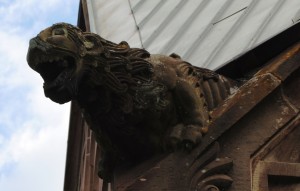
It was so easy to get trapped. The city walls ensnared you and the gates locked you in.
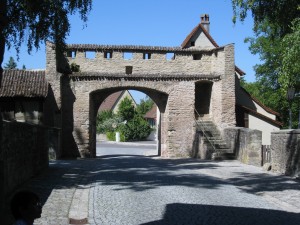
If you wanted to commit a crime in one of Germany’s 19th-century walled cities, you’d probably want to case the place first and plan your escape. A typical town had only a handful of exits via the city gates. Some towns still closed their gates every night and posted the times in the newspaper.
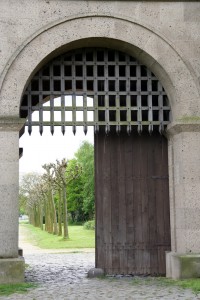
The city of Ludwigsburg, for instance, closed its gates between 6 pm and 6:30 am during the second half of November, 1835. But, as we saw in the last post, if the townsfolk raised the hue and cry, you couldn’t count on an open gate. The watchmen could close the gates just to catch you.
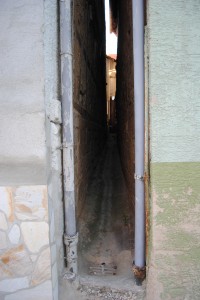
But most towns offered great places to hide. Houses were built fairly close to each other, leaving narrow gaps between them. Those gaps, noted a 19th-century German investigator, could easily accommodate a skinny criminal. They were a perfect place to dismantle and conceal a weapon, rearrange clothing, or take cover until the commotion was over. Such a gap played a role in the case I’m writing about. It offered the assassin a great hiding place. But he managed to escape the walls, flee to the United States, and eventually take up arms at Robert E. Lee’s side.
Literature:
Intelligenz-Blatt des Neckar-Kreises und Ludwigsburger Wochenblatt. 31 October 1835.
Text & images © Ann Marie Ackermann, September 2014, except for Roman city gate, shutterstock.com

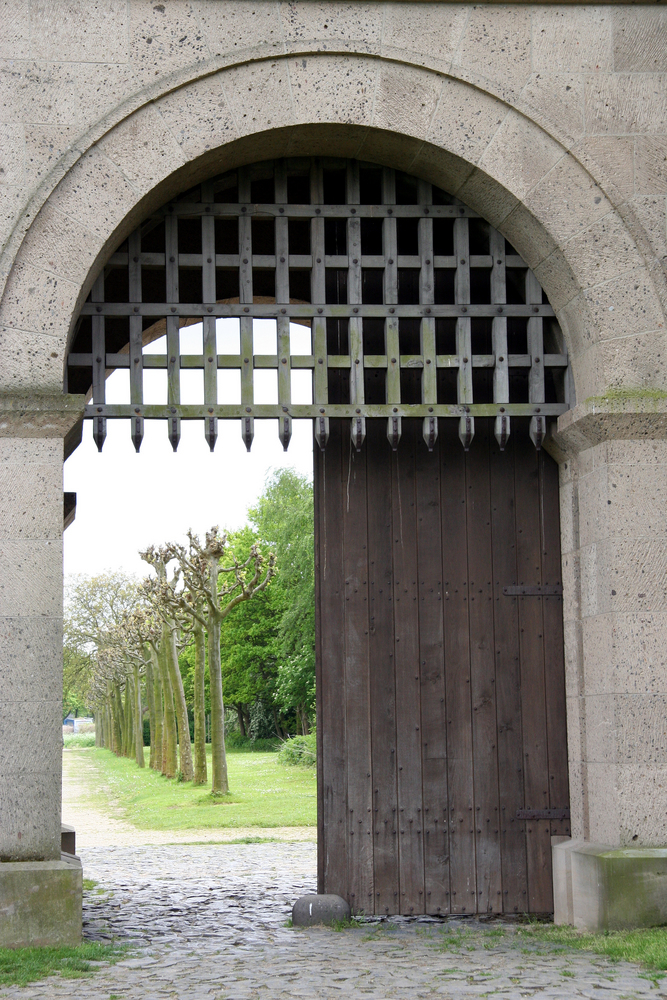



Did this system force thieves to become murderers? (to ensure a silent getaway)
Very interesting question! I haven’t read anything about that happening, but can’t rule it out.
Does anyone else out there in the cyberworld know?
I found “small Sacrifices” by Ann Rule to be very interesting..She wrote about a sense that policemen have about a crime.When the officer comes home after the shooting ,he says to his wife, “the mother did it” She writes about the motive and psychology of a person who could do this. she also tells of the effects of this crime on the survivors and prosecutors.
What you just wrote, Margaret, was so interesting that I ordered the book on Kindle and I’m already in chapter 10! Thanks for the tip….
[…] integral part of any escape plan, then, had to include a hiding place or a way through the walls. Next week I’ll show you one of the places where criminals […]